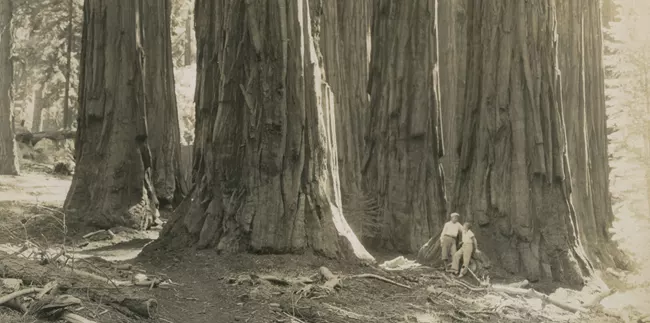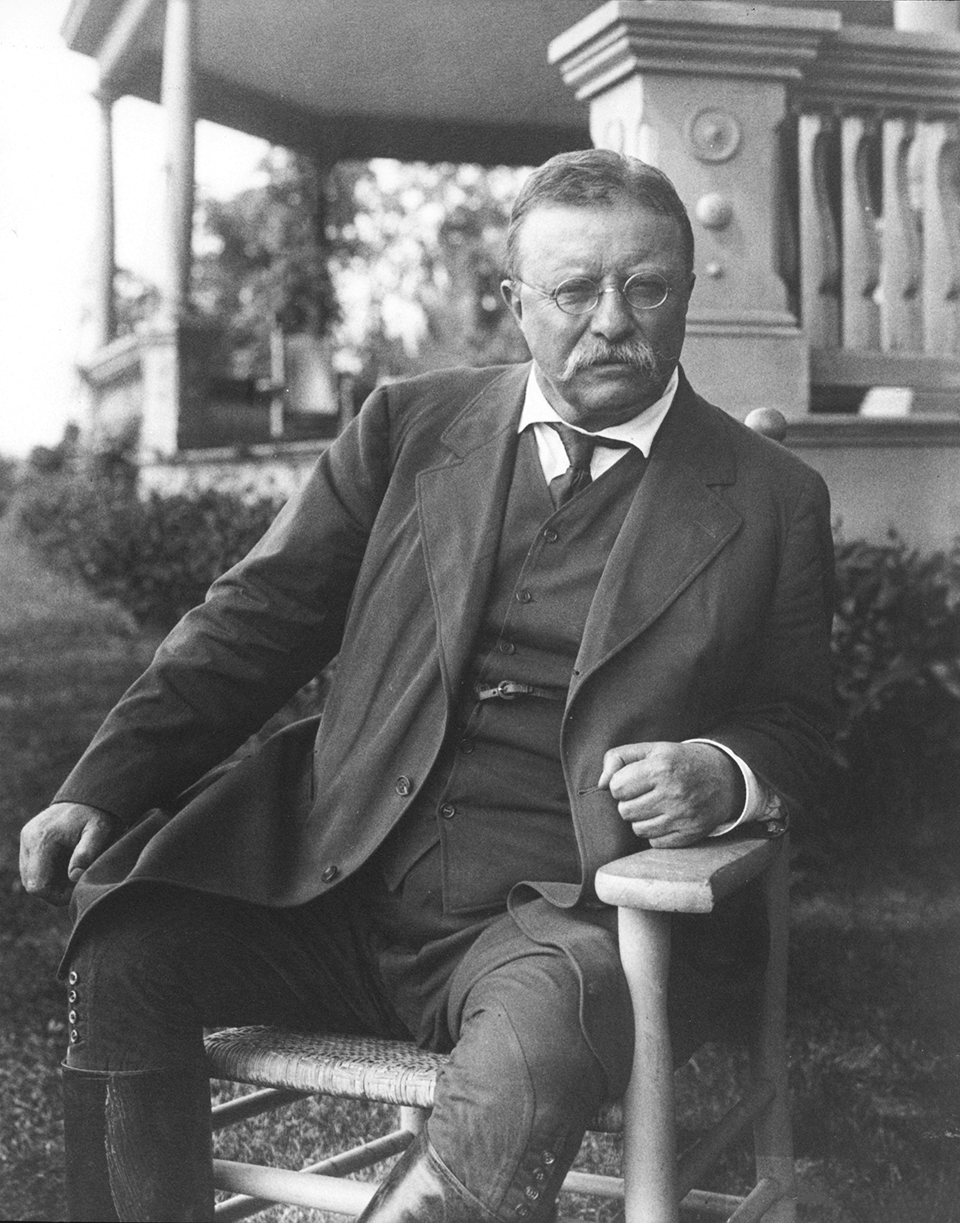
Sequoia National Park, the second national park in the US, was established on September 25, 1890.
Yellowstone National Park's establishment was a large part of the spark leading to many other national parks being established later on. In 1872, the idea of setting aside land for public enjoyment wasn't widely understood, as land was commonly set aside and sold to investors for quick economic benefits. However, the idea Yellowstone was founded on, to preserve land for future generations, grew on many people, inspiring them to advocate for more land to be set aside as national parks.

Sequoia National Park, the second national park in the US, was established on September 25, 1890.
"On September 25th, 1890, President Benjamin Harrison signed legislation establishing the second national park in America – Sequoia National Park. Created to protect giant sequoia trees from logging, this national park was the first formed specifically to protect a living organism."
On June 8, 1906, President Theodore Roosevelt signed the Antiquities Act, enabling presidents to preserve public land for national monuments. This act made it easier for presidents to establish national monuments. As a big supporter of national parks, Roosevelt established five national parks and eighteen national monuments during his presidency. Many presidents since have used this act to establish national monuments, proving its importance for environmental rights.
"[T]he rights of the public to the natural resources outweigh private rights, and must be given its first consideration."
-Theodore Roosevelt, the 26th US President
